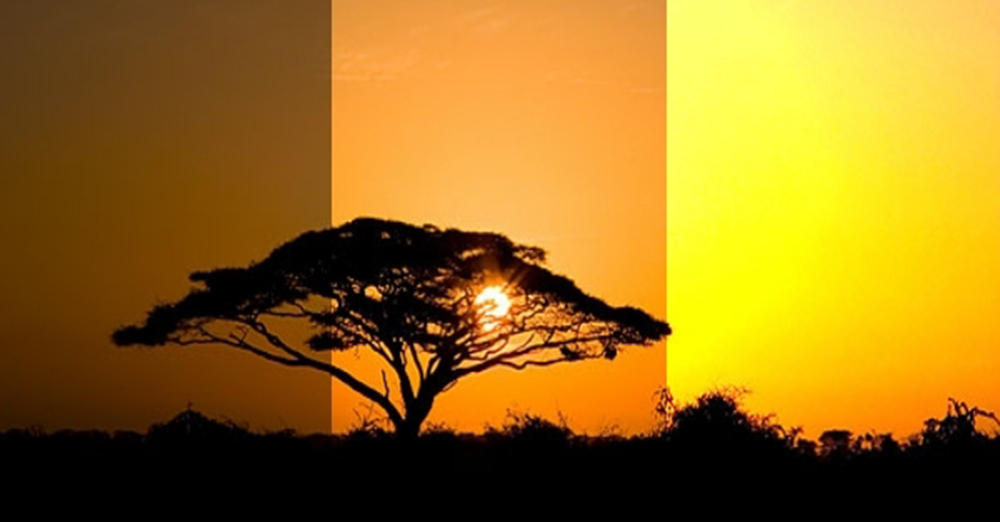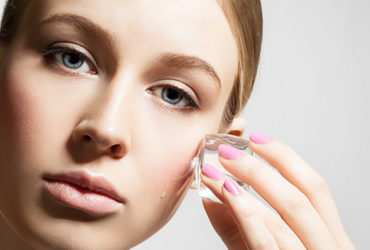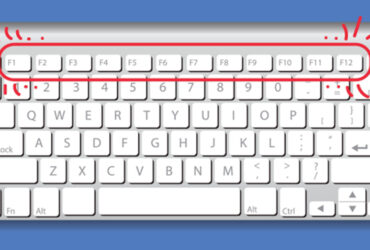It is important to have the right lighting to be an acceptable image.
If we look at the picture and it is too bright and dark, we will not be able to focus on the story and will focus on this very bright and dark problem.
Excessively bright is the term for Ex Expose. Too dark is called Under Expose. You can shoot in the right light without too much glare. It can be assumed that the camera has two settings to adjust the brightness.
The two are Automatic Exposure and Manual Exposure. Automatic means that the camera automatically adjusts the brightness on the scene taken with its Intelligent. Roughly speaking, most mobile phones are automatic. (Some manual camera cameras are also available.)
On mobile, it’s clear.
As soon as we touch the subject we want to shoot, the camera meters on this subject and adjusts the setting to the required brightness. The automatic feature on the camera also adjusts the settings according to its metering.
That’s it. Isn’t it important to get the right exposure? Yes, there are reasons not to use Automatic. Since it is automatic, it is always metering and auto-adjusting the exposure. As you move the subject, the brightness changes and the exposure changes. This will be common on phones.
So if you change the camera position while shooting and the exposure changes frequently, it will not look good. Exposure is auto-adjusted even when people pass through the frame during the last shot.
The solution is to lock it in Exposure Lock.
Phones also have apps that can lock Exposure later, and phones that can be locked by default. When you lock it, it commands you not to change the amount of light you get when you lock it.
The image above shows the Pro Video recorder, the iPhone Video Camera app.
We will learn from this app.
At the bottom, you will see an orange bar next to 25 Shutter.
This is Exposure Compensation.
This is the bar that shows the exposure on the camera.
Exposure is also used on DSLR cameras.
You can see it below.
Let me first explain what Exposure Compensation is.
As you can see in the phone app above, there are squares.
They can be defined as a unit that indicates the amount of light.
The cursor above them indicates how bright or dark your frame or shot is.
So this Exposure Compensation shows how dark your shot is.
If the cursor is on a small square in the middle, this shot is considered too bright or too dark Correct Exposure.
Instead, it says dark on the left side as shown in the red arrow sign in the image below, and light on the right side.
On phones, the camera measures where you focus on.
Cameras adjust according to their metering system.
These are unknown in Basic.
So the concept of Automatic means that the cursor is always in this center so that it does not glow like this.
If the camera is still measured and nothing else enters the frame, there is no problem.
Then your shot will be significantly darker and brighter.
To prevent this from happening, once the auto exposure is set to Auto, there is a lock icon next to the Exposure box, as you can see in the picture.
That guy is Exposure Lock.
Once locked, the camera will remain in the same exposure position no matter how much you move in the frame.
Then you can adjust the lighting and keep the lighting constant.
Wouldn’t it be nice to use the Automatic Exposure and Exposure Lock functions?
In some cases, it may be.
But as I wrote above, the cinematography is not just a matter of appearances and lighting.
The words on the script are transformed into visuals through the images.
So in addition to the light and dark, there are other things to take care of.
These are not available in this Automatic Exposure but only in Manual Exposure.



